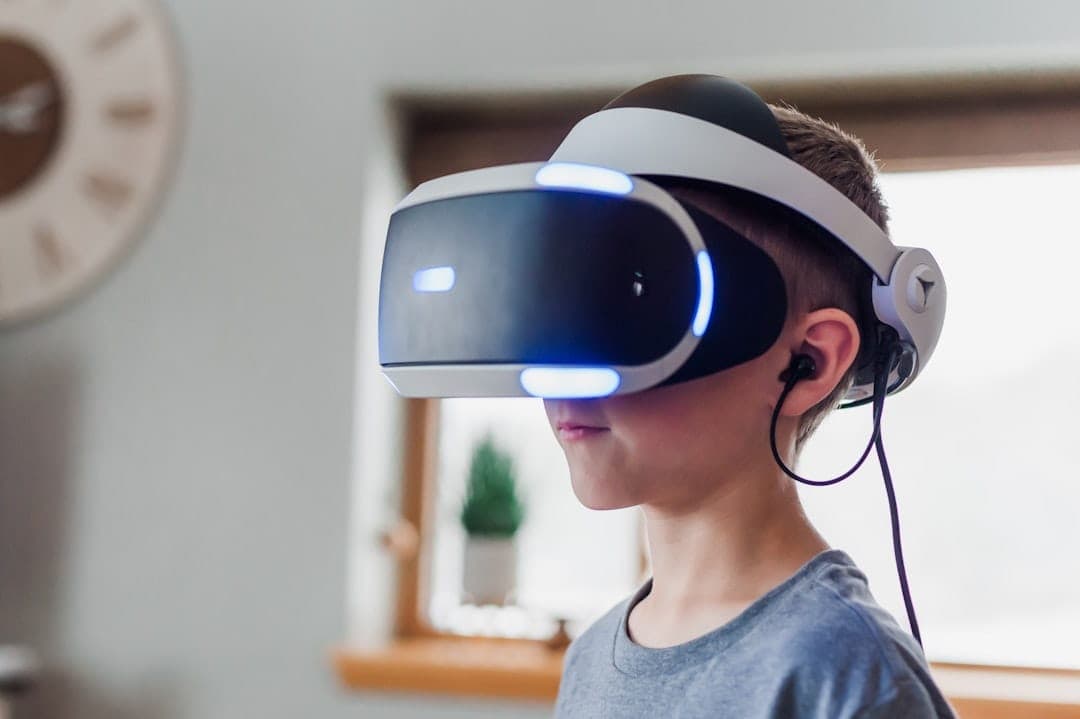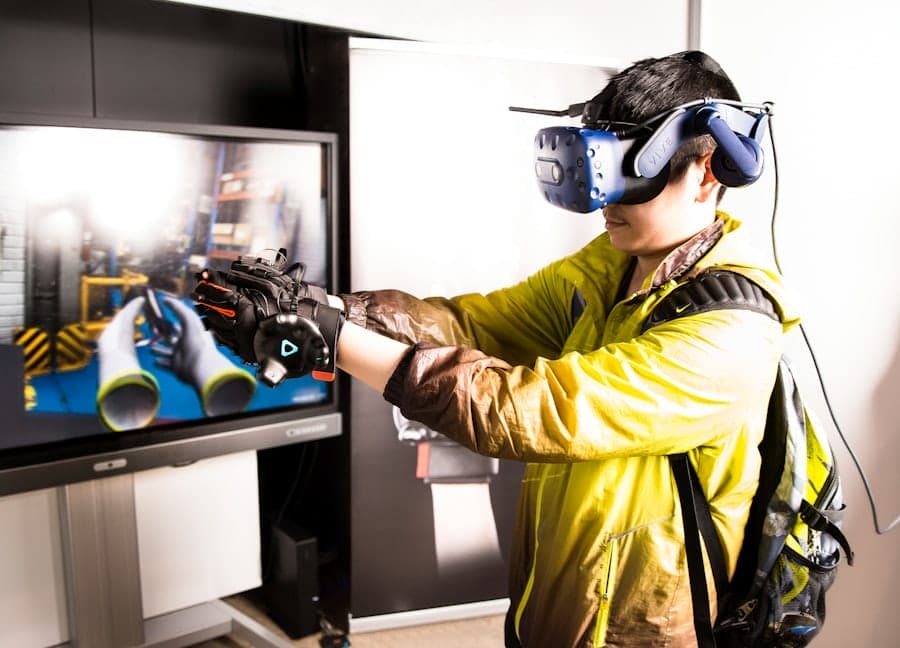
As we look ahead to 2025, the landscape of web development is poised for significant transformation. User Interface (UI) trends are evolving rapidly, driven by technological advancements and changing user expectations. In this dynamic environment, we must stay informed about the latest trends that will shape how users interact with digital platforms.
Understanding these trends is crucial for developers, designers, and businesses aiming to create engaging and effective online experiences. The importance of UI cannot be overstated; it serves as the bridge between users and the functionality of a website or application. A well-designed UI enhances usability, fosters engagement, and ultimately drives conversions.
As we delve into the trends that will dominate in 2025, we will explore how minimalist designs, personalized experiences, and immersive technologies are redefining user interactions. By embracing these trends, we can create interfaces that not only meet user needs but also exceed their expectations.
Key Takeaways
- UI trends in 2025 web development focus on minimalist and clean design approaches
- Personalized user experiences and interactions are becoming increasingly important in UI design
- Integration of voice and gesture controls is a key trend shaping the future of web development
- Immersive and interactive visual experiences are gaining traction in UI design for 2025
- Emphasis on accessibility and inclusivity is a top priority in UI trends for 2025 web development
Minimalist and Clean Design Approaches
The Characteristics of Minimalist Design
This trend is expected to continue gaining momentum in 2025 as users increasingly seek streamlined experiences. Minimalist design is characterized by the use of ample white space, limited color palettes, and straightforward typography. This approach allows users to absorb information quickly without feeling overwhelmed.
The Benefits of Minimalist Design
According to a study by the Nielsen Norman Group, users prefer simple designs that facilitate quick comprehension and decision-making. By prioritizing essential elements and eliminating distractions, we can enhance user satisfaction and engagement. Moreover, clean design approaches often incorporate responsive layouts that adapt seamlessly to various devices.
The Importance of Mobile-Friendliness
As mobile usage continues to rise, ensuring that our designs are mobile-friendly is paramount. By focusing on minimalist principles, we can create interfaces that provide a consistent experience across all platforms, ultimately improving user retention.
Personalized User Experiences and Interactions

As we move into 2025, personalization will play a pivotal role in shaping user experiences. Users today expect websites and applications to cater to their individual preferences and behaviors. By leveraging data analytics and machine learning, we can create tailored experiences that resonate with users on a personal level.
Personalization can take many forms, from customized content recommendations to adaptive interfaces that respond to user interactions. For instance, e-commerce platforms can utilize browsing history and purchase behavior to suggest products that align with individual tastes. This level of personalization not only enhances user satisfaction but also drives conversions by presenting users with relevant options.
Furthermore, personalized interactions extend beyond content recommendations. We can implement features such as dynamic layouts that adjust based on user preferences or even personalized greetings that make users feel valued. By fostering a sense of connection through tailored experiences, we can build brand loyalty and encourage repeat visits.
Integration of Voice and Gesture Controls
The integration of voice and gesture controls is set to revolutionize how users interact with web applications in 2025. As voice recognition technology continues to advance, we can expect more websites to incorporate voice commands as a primary means of navigation. This shift not only enhances accessibility but also provides a hands-free alternative for users.
Voice controls allow for a more natural interaction with digital interfaces. Users can simply speak commands or queries, making it easier to access information quickly. According to a report by Statista, the number of voice assistant users is projected to reach 1.83 billion by 2024.
This growing trend underscores the importance of integrating voice capabilities into our web designs. In addition to voice controls, gesture-based navigation is gaining traction as well. With the proliferation of touchscreens and motion-sensing technology, we can create interfaces that respond to gestures such as swipes or taps.
This intuitive approach not only enhances user engagement but also aligns with the increasing demand for seamless interactions across devices.
Immersive and Interactive Visual Experiences
As technology continues to evolve, so too do our expectations for visual experiences on the web. In 2025, we anticipate a surge in immersive and interactive visual elements that captivate users’ attention and enhance engagement. From dynamic animations to interactive infographics, these elements can transform static content into compelling narratives.
Immersive experiences often leverage technologies such as parallax scrolling and 3D graphics to create depth and movement within web pages. By incorporating these techniques, we can draw users into our content and encourage them to explore further. Research from Adobe indicates that users are more likely to engage with visually rich content, making it essential for us to prioritize stunning visuals in our designs.
Moreover, interactive elements such as quizzes, polls, and gamified experiences can significantly boost user engagement. By allowing users to actively participate in their interactions with our websites, we create a sense of ownership and investment in the content. This not only enhances user satisfaction but also encourages social sharing and word-of-mouth promotion.
Emphasis on Accessibility and Inclusivity

Accessibility Guidelines for a More Inclusive Web
The Web Content Accessibility Guidelines (WCAG) provide a framework for ensuring our websites are accessible to individuals with disabilities. This includes considerations such as text alternatives for images, keyboard navigation options, and sufficient color contrast for readability. By adhering to these guidelines, we not only comply with legal requirements but also demonstrate our commitment to inclusivity.
Inclusive Design: Going Beyond Accessibility
Inclusive design goes beyond accessibility; it encompasses creating experiences that resonate with diverse audiences. This may involve considering cultural differences in design aesthetics or providing multilingual support for global users.
Fostering a Sense of Belonging Through Inclusive Web Development
By embracing inclusivity in our web development practices, we can foster a sense of belonging among all users and enhance their overall experience.
Adoption of Dark Mode and Light Mode Interfaces
The adoption of dark mode interfaces has gained significant traction in recent years, and this trend is expected to continue into 2025. Dark mode offers users an alternative visual experience that reduces eye strain and enhances readability in low-light environments. As more platforms adopt this feature, we should consider implementing dark mode options in our designs.
Research from Google indicates that dark mode can improve battery life on OLED screens while providing a visually appealing alternative for users who prefer darker aesthetics. By offering both dark mode and light mode options, we empower users to choose their preferred interface based on their environment or personal preference. Moreover, the implementation of toggle switches for dark mode allows for seamless transitions between modes without disrupting the user experience.
This flexibility not only enhances usability but also demonstrates our commitment to catering to diverse user needs.
The Rise of 3D and AR/VR Elements in Web Design
As we approach 2025, the integration of 3D elements and augmented reality (AR) or virtual reality (VR) technologies will become increasingly prevalent in web design. These immersive technologies offer unique opportunities for creating engaging experiences that captivate users’ attention. 3D graphics can add depth and realism to our designs, making products or services more tangible for users.
For instance, e-commerce websites can utilize 3D models to allow customers to view products from multiple angles before making a purchase decision. This interactive approach not only enhances user engagement but also reduces uncertainty during the buying process. Additionally, AR and VR technologies enable us to create immersive experiences that transport users into virtual environments.
For example, real estate websites can offer virtual tours of properties, allowing potential buyers to explore spaces without physically visiting them.
As these technologies continue to evolve, we must explore innovative ways to incorporate them into our web designs. In conclusion, as we navigate the UI trends shaping web development in 2025, it is essential for us to remain adaptable and forward-thinking.
By embracing minimalist designs, personalized experiences, voice controls, immersive visuals, accessibility measures, dark mode options, and cutting-edge technologies like AR/VR, we can create engaging digital experiences that resonate with users on multiple levels. The future of web development is bright, and by staying attuned to these trends, we can ensure our designs remain relevant and impactful in an ever-changing digital landscape.
One related article to the Top 5 UI Trends Shaping 2025 Web Development is “Unlocking the Secret to Finding a Top-Notch React Developer: Tips and Tricks.” This article provides valuable insights into the process of hiring a skilled React developer, which is crucial for implementing the latest UI trends in web development. To learn more about finding top-notch React developers, you can check out the article here.
FAQs
What are the top 5 UI trends shaping 2025 web development?
The top 5 UI trends shaping 2025 web development are: 1. Dark mode design, 2. 3D elements and motion design, 3. Voice user interface (VUI), 4. Augmented Reality (AR) and Virtual Reality (VR) integration, and 5. Minimalist and immersive design.
Why is dark mode design considered a top UI trend for 2025 web development?
Dark mode design is considered a top UI trend for 2025 web development because it reduces eye strain, saves battery life on devices with OLED screens, and provides a sleek and modern aesthetic.
How are 3D elements and motion design influencing web development in 2025?
3D elements and motion design are influencing web development in 2025 by creating more engaging and interactive user experiences, enhancing visual storytelling, and adding depth and realism to web interfaces.
What is the significance of Voice User Interface (VUI) in 2025 web development?
Voice User Interface (VUI) is significant in 2025 web development as it allows users to interact with websites using voice commands, making the user experience more accessible, convenient, and hands-free.
How is Augmented Reality (AR) and Virtual Reality (VR) integration impacting web development in 2025?
Augmented Reality (AR) and Virtual Reality (VR) integration are impacting web development in 2025 by creating immersive and interactive experiences, enhancing product visualization, and providing new opportunities for storytelling and engagement.
Why is minimalist and immersive design considered a top UI trend for 2025 web development?
Minimalist and immersive design is considered a top UI trend for 2025 web development because it focuses on simplicity, clarity, and user-centered experiences, allowing for faster loading times and improved usability across devices.




